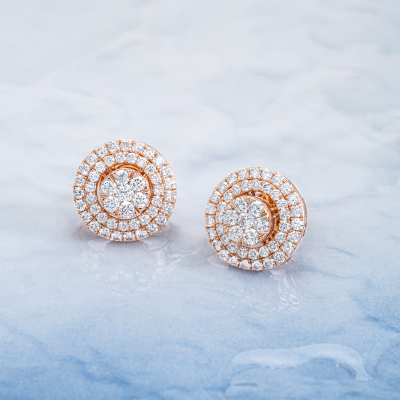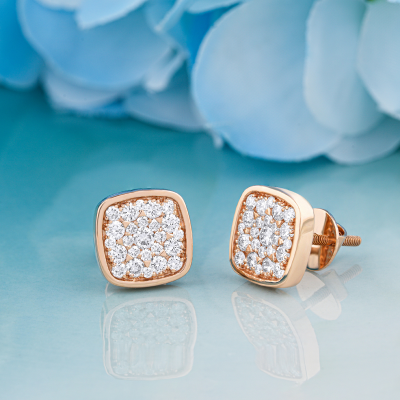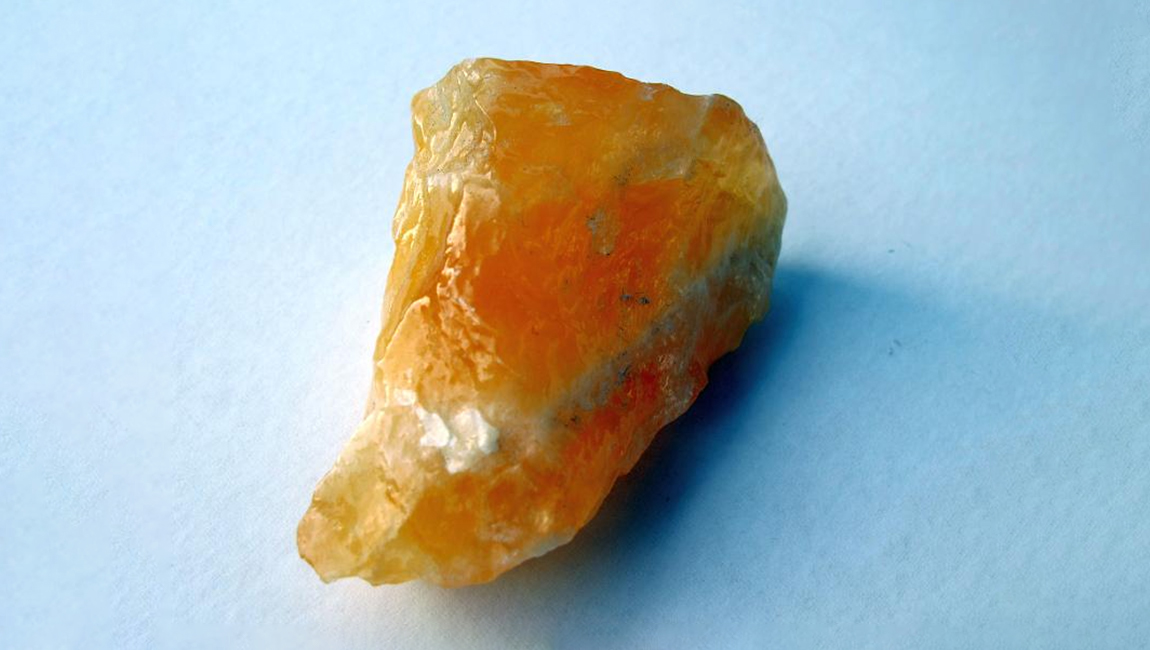Yellow Citrine Stone: An Ultimate Gemstone Guide
One of the most desirable gemstones, a citrine, is a semi-precious stone with a color that ranges from pale yellow to deep orange. Its pale-yellow color is why the name, Citrine comes from a French citron, which means lemon. Besides its actual meaning, Citrine also has a deep spiritual meaning.
Just like a refreshing lemonade glass, Citrine’s yellow hues can bring spiritual qualities of joy, abundance, and transformation. So, what is Citrine? Citrine is a yellow variety of quartz, making it a cousin of a purple gemstone amethyst. They have considered one of the most precious members of the quartz family because quartz crystals are common, and Citrine is quite rare.
Jewelry carved out from Citrine is an excellent addition to your collection because of its pop of color, and its rich earth tones will complement most outfits. If you are wondering, how hard is Citrine? Having a hardness of 7 on the Mohs scale, citrine is durable and resistant to scratches. Citrine has very good toughness, so it won’t chip or break easily.
Citrine Stone: How Is It Formed?
Original citrine stone can be quite difficult to find in nature. They are very rarely found but have the same formation process as that of other quartz stones, given that Citrine is a member of the quartz family. The quartz crystal hardens when silicon and oxygen atoms bind together.
Most natural Citrine is found to be light yellow in color, but with a relatively low-temperature change, those light-yellow stones can yield a golden yellow hue. However, most citrine stones found in the market today are produced by treating stones like amethyst and smoky quartz with heat. Since citrine crystals are formed when amethyst undergoes a heating process, they are sometimes called burnt amethyst. Do you know what is Amethyst Birthstone?
Different Types of Citrine Stone
This semi-precious gemstone can be categorized into two major types. The difference between the two of them is based on how they are formed. Let’s take a closer look at both of them individually to better understand.
- Natural Citrine–As the name suggests, these types of Citrine are naturally occurring stones. Such citrine stone color is pale yellow in color, most often with smoky hues. Moreover, brownish and orange color variations are also available but are very rare in nature and hence expensive too.
Also, Citrine is only found naturally in a few places around the entire world. They form when amethyst or smoky quartz is superheated in the earth’s mantle. Over time, these superheated stones become Citrine.
- Heat-treated Citrine–Since citrine stone is very rare, they are often synthesized from other quartz crystals. Mostly, the commercial ones available in the market today are heat-treated ones. They are produced by heat-treating amethyst, and the amount of heat provided determines the darkness of the stone color. The heat treatment only changes the color of the stone, it does not alter the chemical properties of the stone.
The formation process includes heating a piece of amethyst or smoky crystal for around 900 degrees in a kiln, so it is not natural but rather mimicking the natural process inside the earth’s mantle by producing Citrine in a laboratory.
When we talk about the formation of citrine stone, the major types of stone are formulated into two types, namely natural and heat-treated. On the other hand, types of Citrine are also grouped according to the types of specimens available; let’s break down some of the most popular types.
- Madeira Citrine–Most Madeira citrines come from heating amethyst with a brownish core to get the warm orange and yellow hue. This golden orange to a reddish-brown range of Citrine is called Madeira citrine.
- Palmeria Citrine –Warm orange to brown color range of Citrine is often referred to as Palmeria.
- Golden Citrine –The standard color range with a golden yellow hue is called golden Citrine.
- Fire Citrine –A deep red-orange Citrine hue produced from heat-treated quartz.
Where Is Citrine Stone Found?
Naturally occurring citrines have previously been found all over the world, although it’s quite rare these days. They have been discovered in places such as the Ural Mountains Of Russia, Kazakhstan, Madagascar, etc.
While most of the commercial Citrine found in the market today is a result of lab-treated amethyst and quartz that are mined in Brazil and Uruguay. Other countries where Citrine has been produced include Argentina, Bolivia, Mexico, Russia, and Spain.
Also, Read about Aquamarine Crystal
Who Can Wear Citrine Stone?
Citrine has been associated with positivity and optimism, which is not at all surprising given its cheerful color. It is mostly used to assist in manifesting financial abundance and opportunities. Moreover, it also helps in cultivating confidence and personal power by awakening the solar plexus chakra. Therefore, wearing Citrine is something that anybody can do that serves as an excellent fix to help unblock chakras, boost one’s immune system, and manifest their best version.










